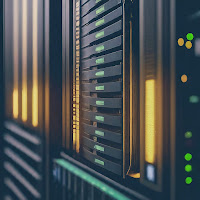The Data Science Lifecycle
Data Science Lifecycle:
The Data Science Lifecycle has the whole process of drawing insights from the data. Understanding each and every part of this lifecycle is important to attain expertise in the Data Science. The stages of this lifecycle include:
1. Data Collection: This involves collecting data from various sources like databases, APIs, social media, surveys, public data repositories, internal data sources and web scraping.
2. Data Cleaning: This process involves cleaning the data which we have collected. It can be anything like eliminating duplicates, removing nulls, removing inconsistencies, finding outliers filling up the empty data with averages or the same neighboring values just to make sure that we have a high quality data.
3. Data Exploration: The Data Exploration involves analyzing data with various visualizations like bar chart, line chart, heat maps to get an idea about the data we have. Visualizations and Statistical analysis helps to understand our data better and summarize what we got. This process is also called as Exploratory Data Analysis. This helps us to understand Data's structure, identifying anomalies and relationships.
4. Data Modelling: In this stage we use different machine learning algorithms to build models to help our prediction. The Machine Learning models vary based on whether we are doing classification or regression. The types of models can be either Supervised, Unsupervised or Reinforcement learning. The steps involved are feature selection, model training and hyperparameter tuning which we can see in detail later.
5.Model Evaluation: The Model evaluation is a stage where we evaluate the models which we built during the data modelling stage using various metrics like accuracy, precision, recall, ROC-AUC and F1-score and validation techniques like cross-validation. We can use techniques like confusion matrix to determine our prediction.
6. Model Deployment: The Model deployment is a process where we deploy the best models to the main environment for real world applications.
7. Model Monitoring: This phase ensures that the deployed model is running perfectly and helps us to maintain and improve the accuracy over time by retraining the models.










Comments
Post a Comment